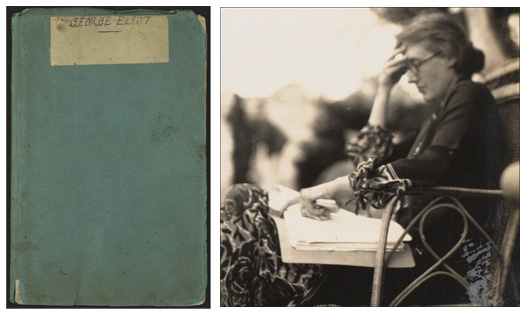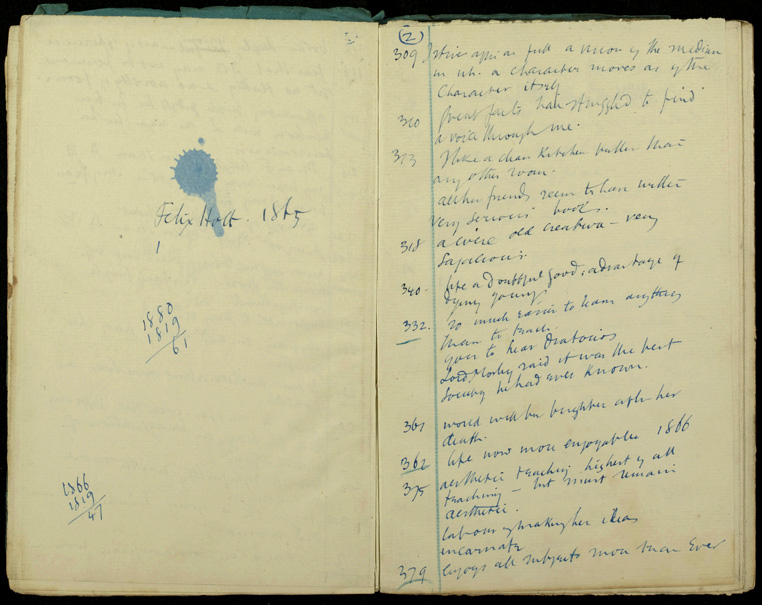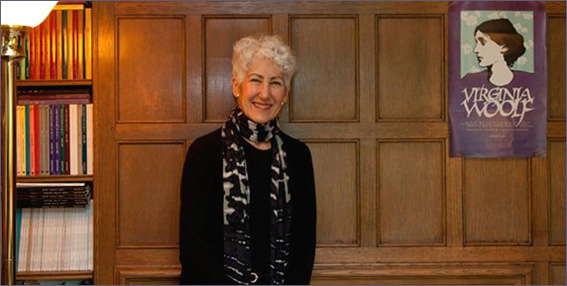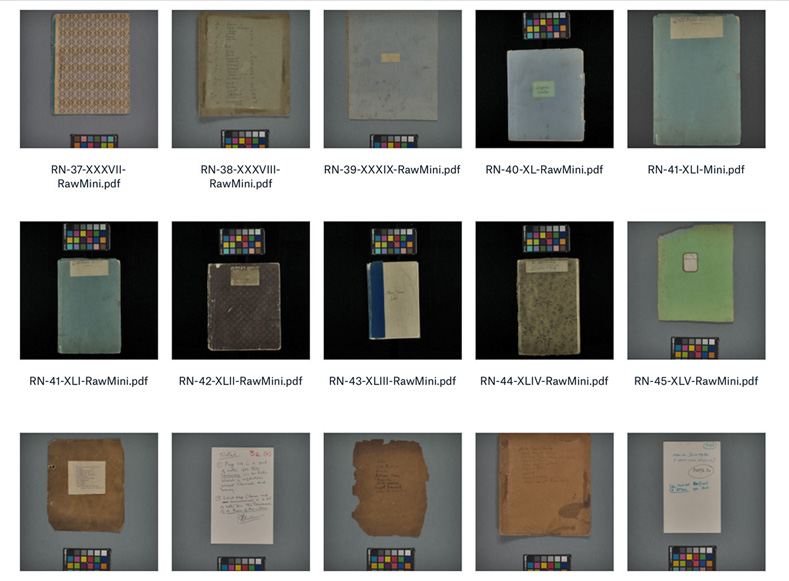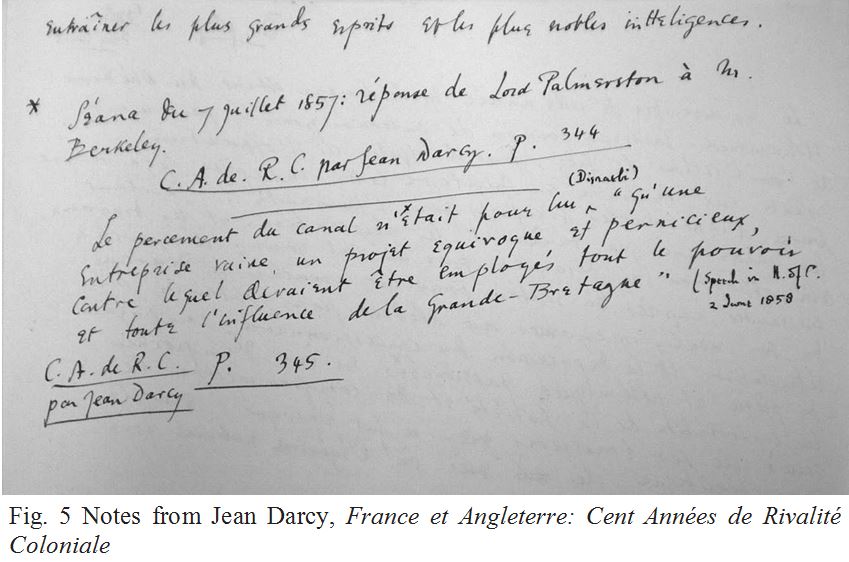The Project
The digitisation of Virginia Woolf’s reading and research notes brings into the public domain Woolf’s last remaining substantial unpublished work. Her personal reading and research notebooks demonstrate the depth of her historical knowledge and the wide range of her reading, casting new light on both her fiction and critical work. The project will present in a website, WoolfNotes.com, high specification images of approximately 7000 manuscript and typescript pages from the archives of the Monks House Papers in Sussex (UK), the Berg Collection at the New York Public Library, and the Beinecke Library at Yale. These materials are accompanied by reference and interpretative materials; most importantly, the 67 reading notebooks studied by Brenda Silver are presented in juxtaposition with Silver’s authoritative summaries of their contents.
This digital edition, which has the support of the Woolf Estate, includes the extensive notes on imperialism that Virginia Woolf made for use by Leonard Woolf in his Empire and Commerce in Africa (1920). WoolfNotes.com will also present Woolf’s crib for reading Greek, her Agamemnon Notebook, and the idiosyncratic index she made, for her own use, of Edward Arber’s 8 volume anthology of English literature. The open access availability of these materials, evidencing the extensive nature of Woolf’s scholarly research and reading, is likely to change public perceptions of this important writer.
The project has been undertaken in collaboration with Brenda Silver, Mary Brinsmead Wheelock Professor, Emerita, at Dartmouth College, USA. The technical director of the project is Gilly Furse of Osprey Websites. Dr Clara Jones, of King’s College London, is a member of the team.
An article describing the project in detail is forthcoming: Michèle Barrett ‘WoolfNotes: Virginia Woolf’s Reading and Research Notes Online’ in Matthew Feldman et al, Eds, Historicizing Modernists: Approaches to Archivalism, Bloomsbury 2021
About the Digitisation
The notebooks have been scanned by the various archives to whom they belong, to our specifications, using professional digital archiving systems. An effort was made to create relatively uniform images. Raw images were scanned with colour swatches, which are useful to assess image accuracy in post-processing. There are a number of complicating issues in scanning, including that different setups have to be made for bound books vs loose leaf pages. Some volumes needed to be scanned under glass which adds a slightly green colour cast, removed in post-processing.
The Notebooks as Physical Objects
The value of the notebooks goes beyond their content; they are also of interest as unique physical objects. In many cases they were made by Woolf punching loose leaf paper and creating covers and individual bindings for them, e.g. collecting pages together with treasury tags. Covers and spines are often hand-lettered by Woolf. A number of her hand-made covers re-use Hogarth Press book jackets.
Leonard Woolf describes how this became an established process to make her blank diaries and notebooks – ‘We used to have the sheets bound up in paper over boards, and the cover paper is nearly always one of the coloured, patterned Italian papers which we frequently used for binding books of poetry published by us in The Hogarth Press and of which she was very fond’.
Timeline for Website WoolfNotes.com
The images are currently being post-processed. Original plans were for the website to be live by now, but events (including coronavirus) have delayed the project. It is hoped the website will go live later in 2021.
Empire and Commerce Notecards
Earlier, Michèle undertook a project focusing of Virginia Woolf’s research notes for her husband’s 1920 study Empire and Commerce in Africa, held in the Leonard Woolf Papers at the University of Sussex. An article on Virginia Woolf’s neglected contribution to the research for this book was published in Woolf Studies Annual 19 in 2013.
Here is a Faculti Media film of Michèle discussing this article.
